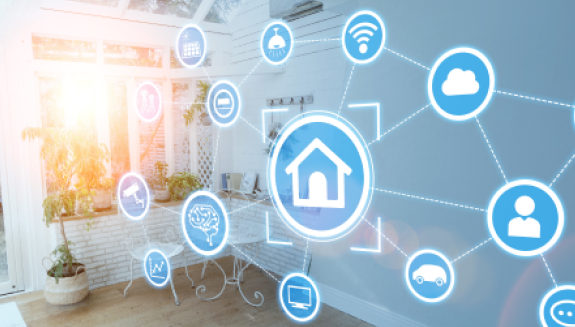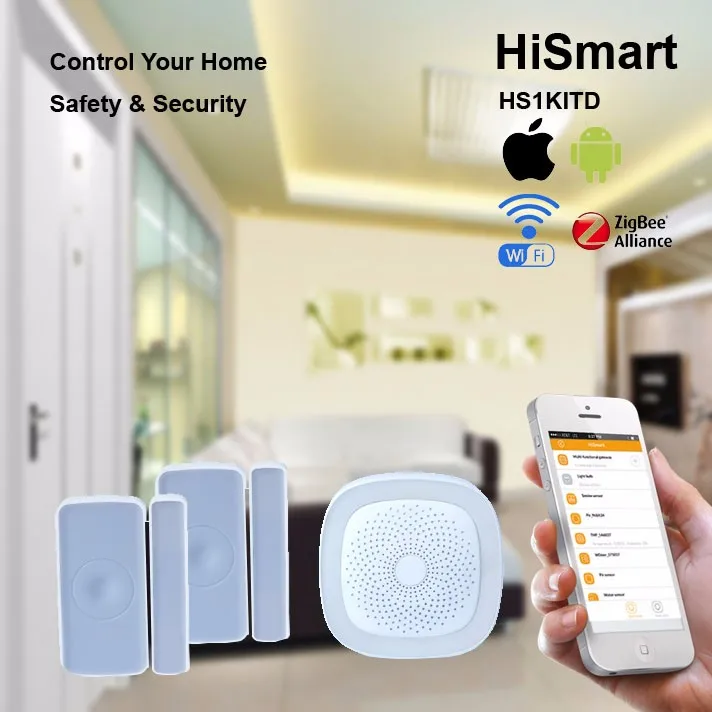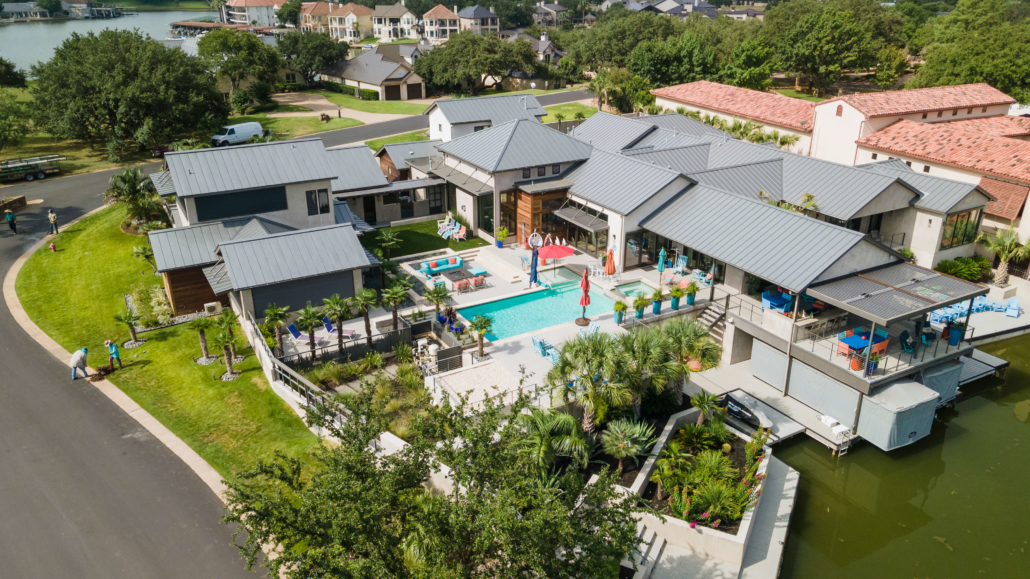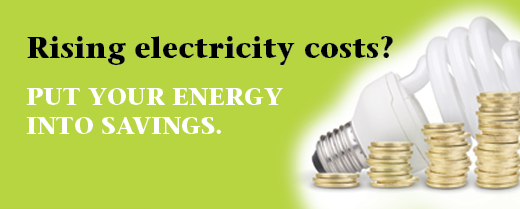Table of Content
And even if your attic is already insulated, it may not be insulated enough. “Check how much insulation you have in your attic, and then see how that compares to the recommended thickness,” said Matt Bramson of Elevation. If you need more, “spray in or lay in the latest and greatest—that will make a big difference.” The Department of Energy has recommendations for how much insulation attic spaces need based on location. Then This Happened A series that takes data-driven approach to tell fascinating, in-depth stories about how policy choices have affected business, politics and people’s lives throughout history.
Smart lights allow you to control the lighting in every room of your house from your mobile device. Did your seven-year-old forget to turn off the lights in the kitchen? Or configure your lights to turn on and off at set times, and never worry again if someone forgot to turn off the lights before you leave for the day. What you need to turn your regular home into a smart home are 1) a wifi connection, 2) smart home appliances and 3) a smart home system to connect, monitor, and control these devices. A smart home means your home has a smart home system that connects with your appliances to automate specific tasks and is typically remotely controlled. You can use a smart home system to program your sprinklers, set and monitor your home security system and cameras, or control appliances like your refrigerator or air conditioning and heating.
Smart Lighting
They can send notifications to unplug a blow dryer, adjust a programmable thermostat, or advise which appliances need to be upgraded to a more energy-efficient model. Tracking the energy consumption of each appliance rather than all the appliances attached to a circuit provides specific actions to reduce energy use. Not only can your heating be monitored and controlled using smart technology, but so can your other utilities and bills. Energy monitors tell you how much power you are using and timed or remote controlled adapters allow you to reduce the amount of electricity you use by making sure you only have items switched on when necessary. The best home energy monitor for each household supplies the information that’s the most valuable to the user.

You don't need a special lamp for the Nanoleaf Essentials Bulb, as they'll work with any standard wattage-appropriate lamp. I tested them out in a floor lamp and two table lamps that predate the smart lighting era and they worked just fine. You can purchase just one Nanoleaf Essentials Bulb or you can buy several and synchronize them in the app, which is what I did. Minefee recommends that you add insulation to both the attic floor and the roof, “and install a solar fan to pull that heat out of the attic” in the summer. She added that her customers in Georgia typically see about a 25% reduction in cooling costs after fully insulating a formerly uninsulated attic.
Bloomberg Daybreak
This monitor relies on machine learning to recognize individual devices over time and lets users know which devices are running for more efficient and informed use. Receive information about historical use, identify patterns, set goals to reduce energy use, identify waste, and monitor what’s happening, even when away on vacation. Whole-home energy monitoring systems plug into individual circuits on the electrical panel. Some of these systems offer circuit-specific details, but smarter systems learn the unique electrical signatures of each appliance and track them individually. Appliance-specific recognition pinpoints the energy use of appliances big and small, and some can even create alerts about details such as an open fridge door. Smart home devices are not always energy efficient, but most can be utilized in ways that help you conserve energy.
It was during this time that he and his colleagues developed an early version of the energy management system. He took the project with him when he moved to Bosch Thermotechnology in Wernau near Stuttgart, where his team has been honing Energy Manager since 2016. “With Energy Manager, smart-home owners can cover up to 50 percent of their annual energy needs using the electricity they have generated locally,” Weiss says.
The Smart Home
The cost of living is at its highest level in a decade, with household energy bills being the largest expense. “To provide a demand-side response is hard to do because to get a market going you need to put a price on it – how much it’s worth to the network. But it’s quite hard to find out how much value there is until you’ve got something going,” she says. Darby shares that she is currently working on a project in an Oxford neighborhood, where they are trying to incorporate the use of freezers in supermarkets and also some batteries in people’s homes on the basis of demand-side response. Let us help you navigate the smart home landscape so you save energy, save money and help protect the environment.
A key element that allows all of the emerging Smart Grid technologies to function together is the interactive relationship between the grid operators, utilities, and you. Almost a quarter of internet users use smart solutions such as thermostats, smart meters, and light controls for energy management in their homes according to a new study from the Central Statistics Office. Whether you've already got a smart home setup or you're looking to dip your toe into smart home waters, Nanoleaf Essentials Bulbs are a worthwhile addition to your home. If your needs are pretty simple, you'll have them set up and working in no time, regardless of which platform you're using to anchor your connected living space. Just be prepared to spend some time exploring and experimenting with the app to figure out how best to put these bulbs to work.
Smart Home Energy Management
You could go for a fob system, a digital keypad or doors you unlock with your phone. AndLifx that make colorful HomeKit-enabled smart bulbs, but the Nanoleaf Essentials Bulbs are substantially less expensive. That makes these smart lights an intriguing value for anyone, and a particularly great value for Apple HomeKit users. I couldn't actually figure out how to create a mixed color scene or any scene at all.
On hot summer days, they force your air conditioning to work harder because solar energy warms up the ceilings beneath the attic. In winter, they absorb heat from below, making your boiler or electric heater work harder. Attics also often contain HVAC ductwork and wiring for ceiling lights and fans.
Several units can monitor solar generation and output, which is also helpful for some homeowners. The Sense Energy Monitor with Solar’s dashboard has built-in cost calculations to compare the energy produced and energy consumed in a side-by-side view, information that can minimize the amount of power to purchase. The longer it’s plugged in, the more this monitor learns, which helps the monitor determine patterns in energy use and find ways to improve. If goal setting is important, the user can find a home energy monitor to stay on track to reach those energy-saving goals. One unique type of smart "appliance" is the plug-in electric vehicle, or PEV. See the PEV Section for information on how PEVs will interact with the Smart Grid.

It connects with the photovoltaic system to intelligently and automatically distribute solar power throughout the smart home. Once they have all the power they need, the energy flows to the heat pump, with any remaining surplus going to the battery for storage. If you have single-pane windows, installing low-E storm windows can provide enormous energy savings at a fraction of the cost of replacing the single panes with modern double- or triple-pane windows. Sensors clip to individual circuits in the electrical panel, measuring the amount of energy used by that particular circuit.
Typically, the monitor includes sensors that clip to individual circuits and a small unit that analyzes the information. The number of individual circuits to be monitored can influence the choice of which home energy monitor to purchase. Many home energy monitors have a downloadable app with a dashboard that tracks usage, trends, and more from a phone or computer. In some cases, the app can review and initiate action items from remote locations.

We consult with experts to explore the current potential of smart home energy, what the key barriers are, and the measures that the industry can take to mitigate them ahead of time. Here’s the single biggest change you can make to reduce your home’s energy use. Most HVAC contractors also provide sealing services; paying them to do it may be a better use of your time and money.
The same company you rely on to supply energy to your home is now helping keep you safe. And while it might sound like just another passing fad to some, the smart home—like the smartphone—is here to stay. With over 80 million smart home devices delivered worldwide in 2016, some predict that number will grow to over 130 million smart home devices by the end of 2017.

The best home energy monitor offers real-time information that provides more precise data and usage trends that can help you use less energy. A home energy monitor can catch inefficiencies, sync with smart-home tools, and even calculate solar system energy production. It monitors energy use as it occurs and breaks down the energy spent in kilowatts and even dollars and cents.
































